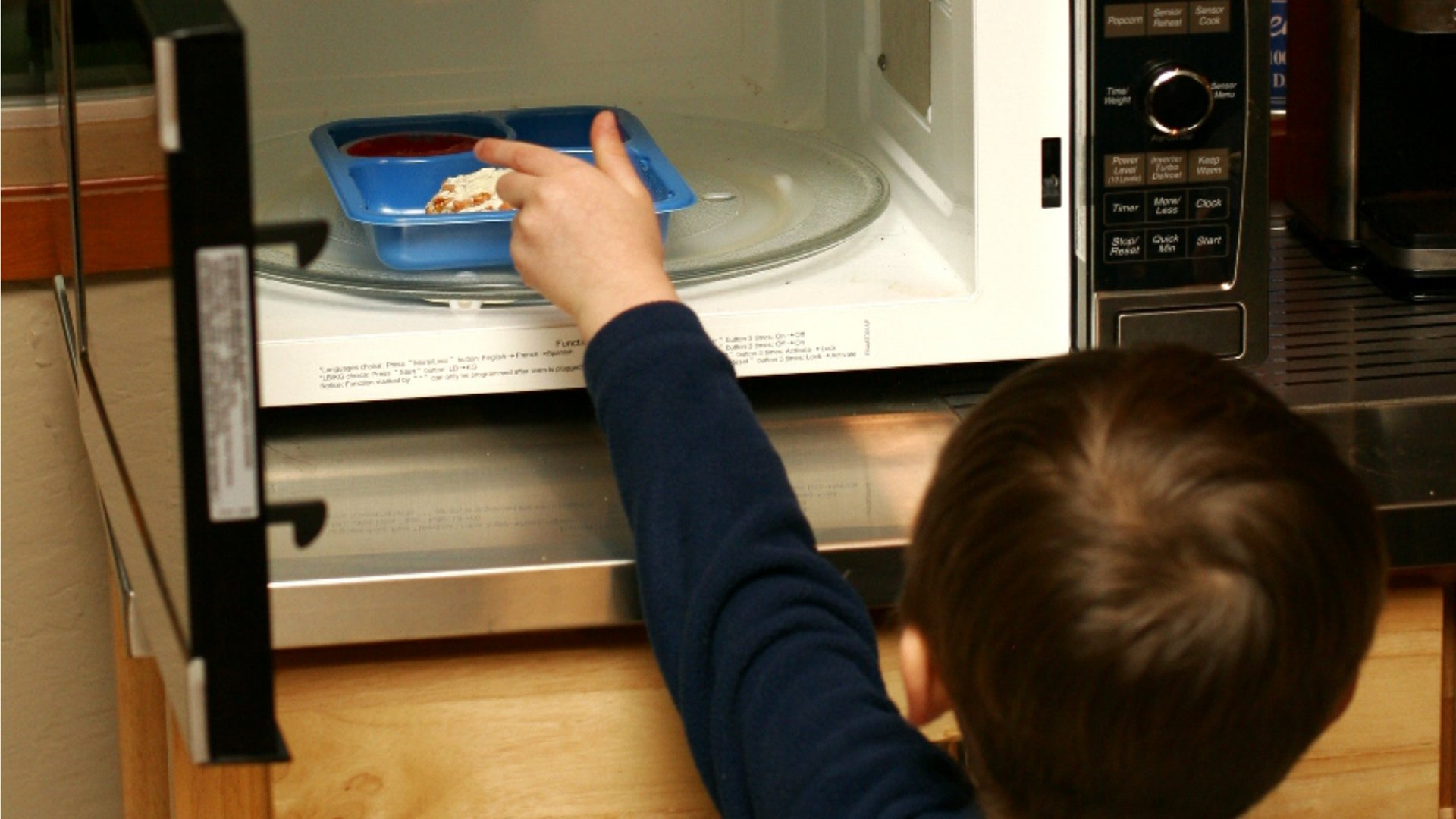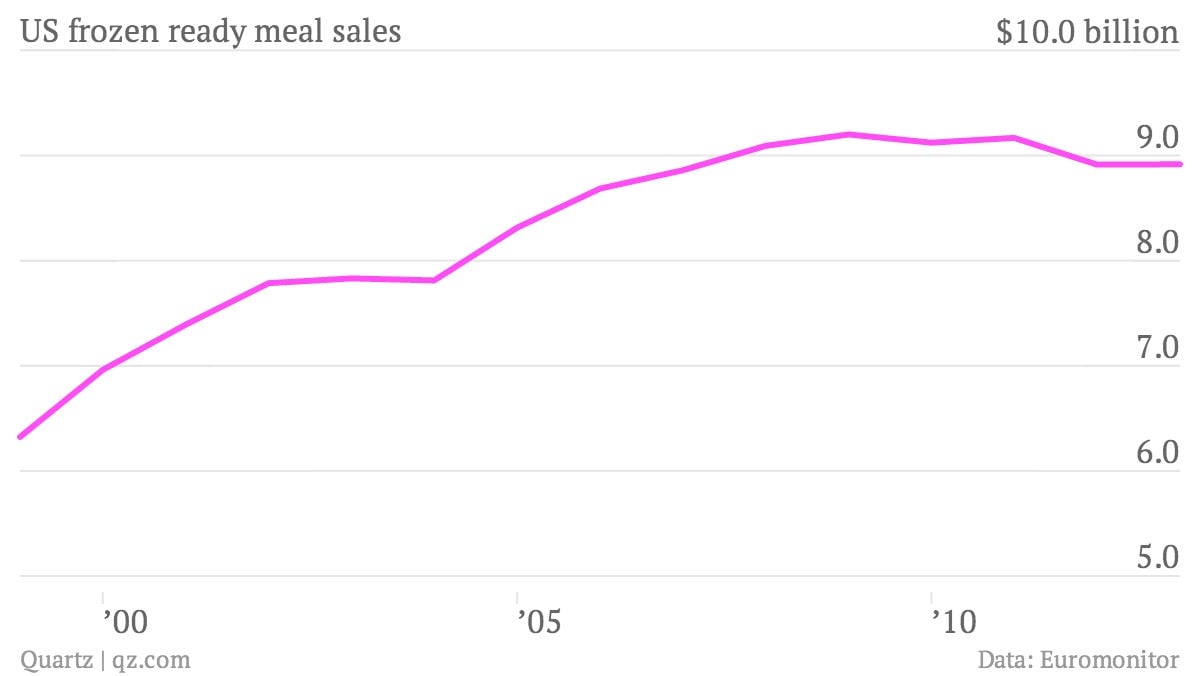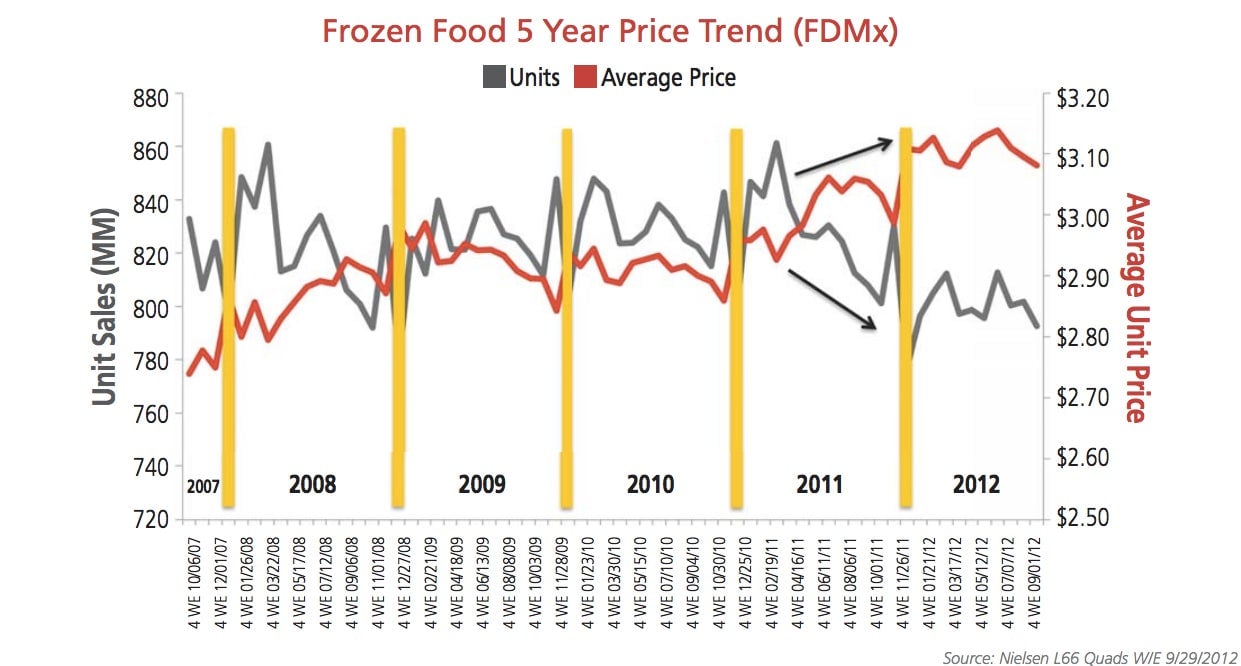America’s 60-year love affair with frozen TV dinners is over
It was fun (and affordable) while it lasted.


It was fun (and affordable) while it lasted.
Frozen meals, long associated with the American affinity for eating dinner in front of the tube, are a nearly $9-billion business in the US, according to data from the market research firm Euromonitor. Through decades of intense growth, frozen foods have found their way into just about every American household—99% of them, according to a 2012 report by AMG Strategic Advisors (pdf).
But TV dinners are losing their ubiquity. Just ask Nestlé, which is struggling with its Lean Cuisine frozen food line. The food giant is even considering unloading its $400-million frozen foods business entirely. And with good reason. After nearly 60 years of sustained growth, frozen ready meal sales have finally started to dip. Since 2008, they have either fallen or come in just about flat.
Look at them taper off:

And those numbers might be perked up by price increases. Unit sales have actually fallen a bit more aggressively:

A number of factors appear to be working against the frozen food aisle—including the rise of dieting, consciousness of better portioning, and Americans’ growing boredom with ready-made frozen meals. But there are four reasons in particular which seem to stand out, according to the research firm Mintel: Americans say they are strapped for cash; they feel frozen food is no longer cost-effective; they prefer to cook for themselves; and they are increasingly skeptical of the health claims of frozen meals—40% of US adults think frozen dinners offer no nutritional value.

Also, and rather importantly, the industry is hemorrhaging younger consumers. While Americans over 45 are actually chomping on more freezer-chilled foods, those under 45 say they are more interested in “freshness.”

The technology that allowed for flash-freezing and packaging food was developed in the 1920s, but the popularity of full frozen meals dates back to the 1950s, when they were first nationally advertised by the packaged food company Swanson (now owned by Pinnacle foods). Swanson was having trouble unloading its Thanksgiving turkey leftovers, so it packaged them into airplane-like trays and marketed them as “TV dinners.”
Swanson sold some 25 million frozen meals that year, 1953, and it was the start of a nearly 60-year TV dinner boom. The industry added countless varieties, including lighter options such as Lean Cuisine; “hungry man” platters—for, well, hungrier men (and women); and more recently, meals that cater to dietary preferences such as gluten-free or organic. Virtually every year between 1953 and 2008, frozen meal sales grew.
But now, just about every category of frozen ready meals is falling. TV dinners had their moment in the US. Apparently, that moment is over.